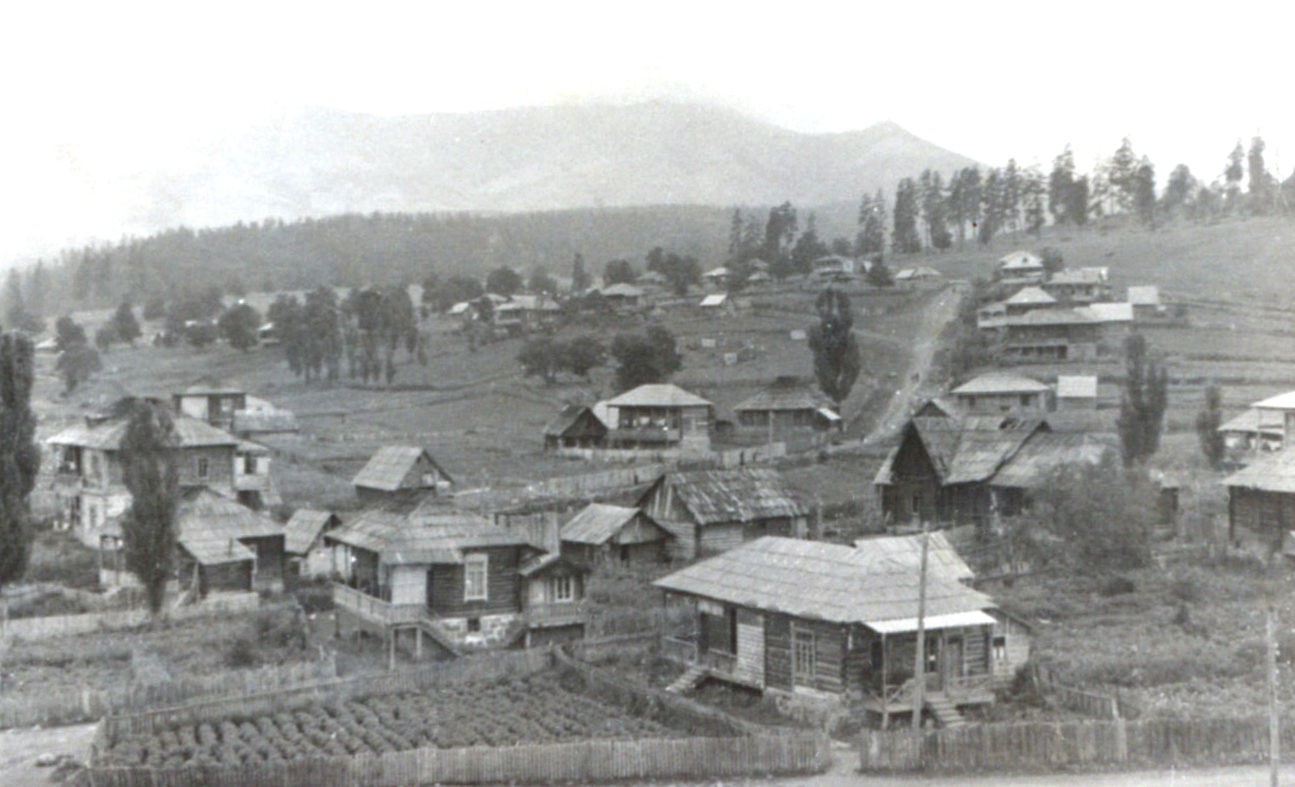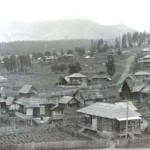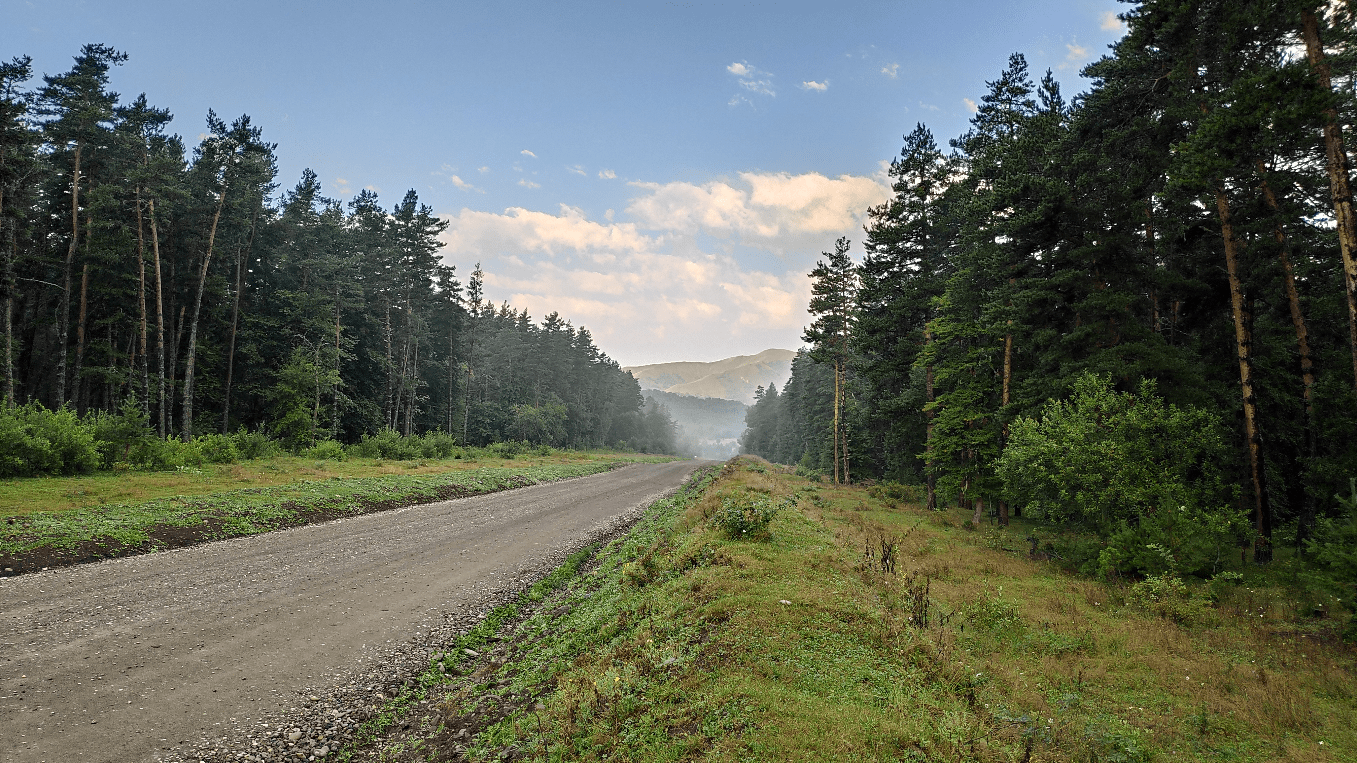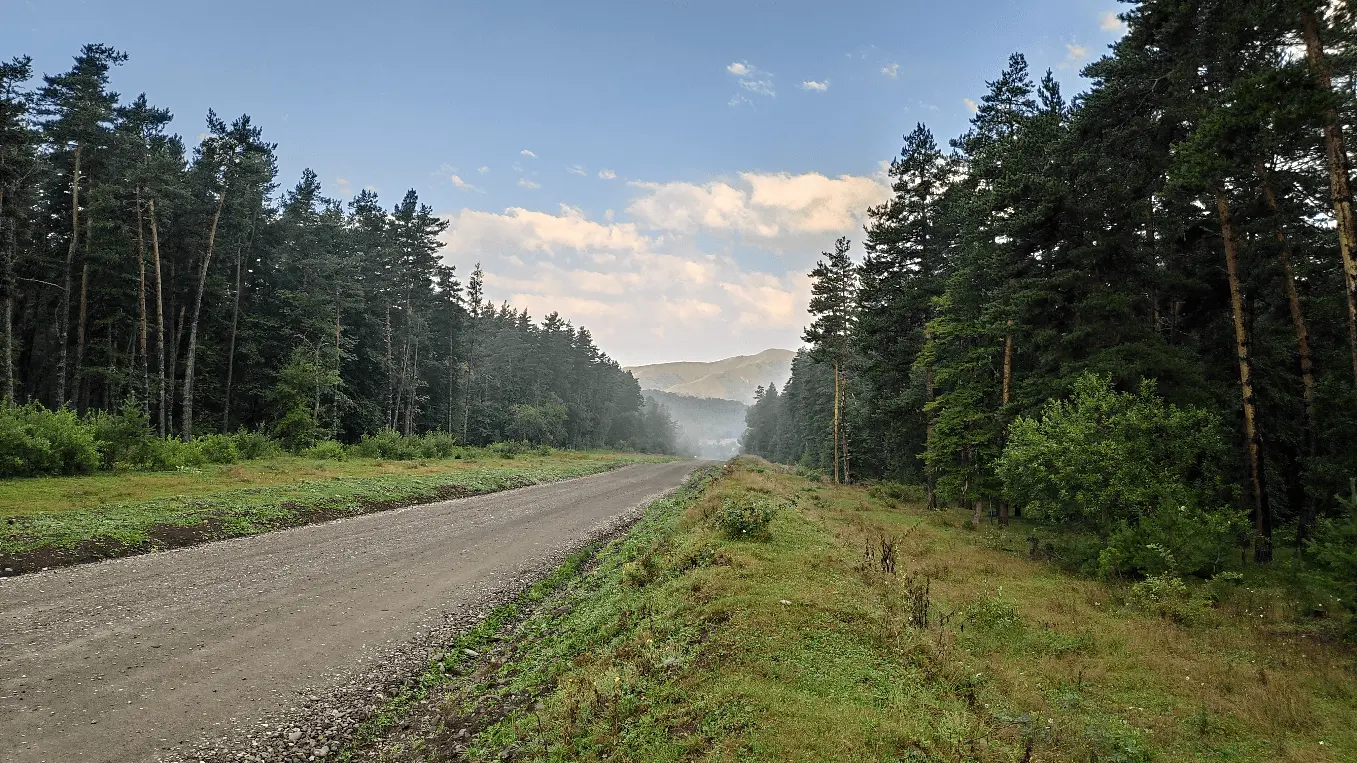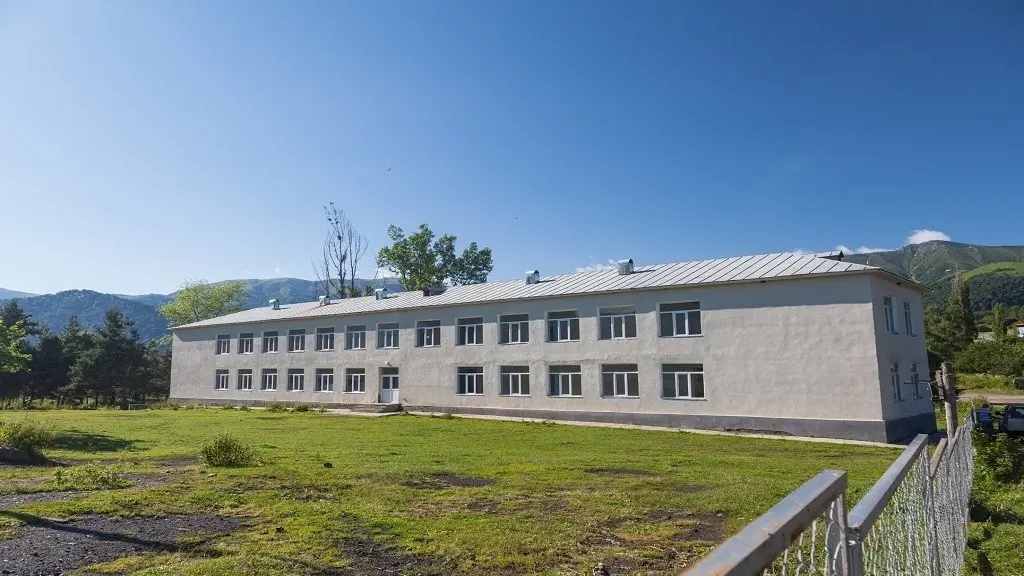The first years of the formation of the village of Tsikhisjvari
The main wealth of the Greek village of Tsikhisjvari, were his simplest people - peasants. Open-minded and pure-hearted people. Descendants of the Greeks of the great Pontus.
IN 1872 year in Tsikhisjvari was 32 farms.
In the early years, settlers began to burn hardwood charcoal., which was exchanged for wheat and barley in neighboring forestless areas. Timber harvesting was carried out, mainly, in two forest areas - Tsikhisjvari and Tori. Large forest areas were the main source of income for the settlers.. Rich pastures and meadows. Animal husbandry. All farms had their own cattle yards, dairy herds, some acquired horses and were engaged in pack transport. Near the village was located a stone quarry "Andesit", the rock of which was used as a building material. Houses were built from Andesite stone, tombstones, bakeries. The villagers had large incomes in the middle 1920 years, from pine resin blanks. The forestry was engaged in harvesting pine resin. A large farm nursery was created in the Tsikhisjvari forestry, where seedlings were grown and artificial plantations were created towards Tskhra-Tskaro. There were a lot of workers. Income from harvesting forest fruits cannot be excluded, berries, beech seeds, oxaas, mushrooms, berries, medicinal herbs, salty.
The dairy artel "ΕΜΠΡΟΣ" was formed under the leadership of chairman Semyon (Dimo) Lazarevich Nikolaev. The board of the artel included the advanced farms of Sevastov Onufry, Miroforov Ilya, Bagaturova Kiriaka, Jordan Adama, Ivanova Pavel, Sevastova Lazarya, Grammatopulo Epaminonda, Apostles Christopher and John, Zurelidi Dmitry, Zurnadzheva Fedora, Mikhailidi Lazar and others. Milk was processed in the artel, cheese making was organized, oil mill production of the highest grade of oil "EXTRA", which was in great demand in Borjomi. During this period, the village lived prosperously. Developed folk art and amateur performance. On Saturday and Sunday evenings, mass dances “horon” were danced at the ringing of the “Ol elaten so horon” bell., during which they sang folklore Greek ditties. Famous Pontic singers of the village of Sevastovy Fyodor and Pavel “fought” with ditty songs to the sounds of the kemendzhe-lira of the lirarium of Christopher Lipiridi, nicknamed Manaf, Bagaturov Georgy, Grammatopulo Dmitry, Brothers Grammatopulo George and Konstantin, Lisia, Tosunov Miltiad, Zakharov Pavel and many others. Fire dance "Serra" performed by Afanasiadi brothers George and Gregory, brothers Iliev and Lazaridi. Entire families from young to old were considered good dancers.: the Leontiev and Lavrentiev families. In addition to the lyre, there were other musical instruments. Lazin Foliko and Mikeladze Miša played zurne and clarinet, and Bliadze Kolya was a cool drummer. They staged performances. Significant spectacle "Ti Trichas to Efir", where the participants were Grammatopulo Achilles, Zandova-Khalaidzheva Clara, Khalaidzhev Savva, Zakharov Lazar, Zakharov Pavel and others.
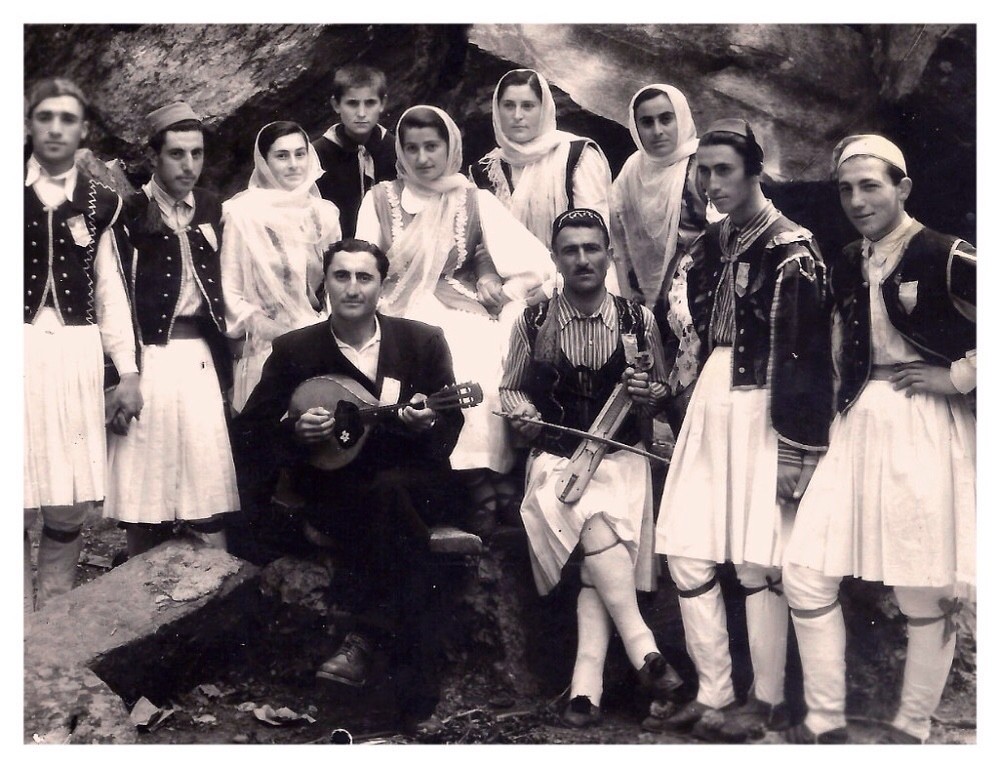
Son of Ivan Grammatopulo - Alexei was ordered and brought from Moscow for the church of St.. Theodora unique iconostasis (according to the type of the unique iconostasis of the Sioni Cathedral in Tbilisi). Brothers Yakushtov, working at Alaverdi copper mines, church of sv. Theodora was presented with a bronze bell. The bell was installed on the bell tower built by them on the rock "GALA". During the war, the bell was donated to the defense fund..
…AT 1928 r. already in the village 90 families. Families had at least 5-6 children. There were also large families with 13 and 18 children. Papazakharov Onufry had 13 children, at Nikolaev Fedor - 18 children.
ahead, seeing the good life, prosperity and spiritual freemen of the villagers were waiting for mobilization for war. And post-war life.
PS: Dear friends, maybe someone has something to add, please write in the comments.




